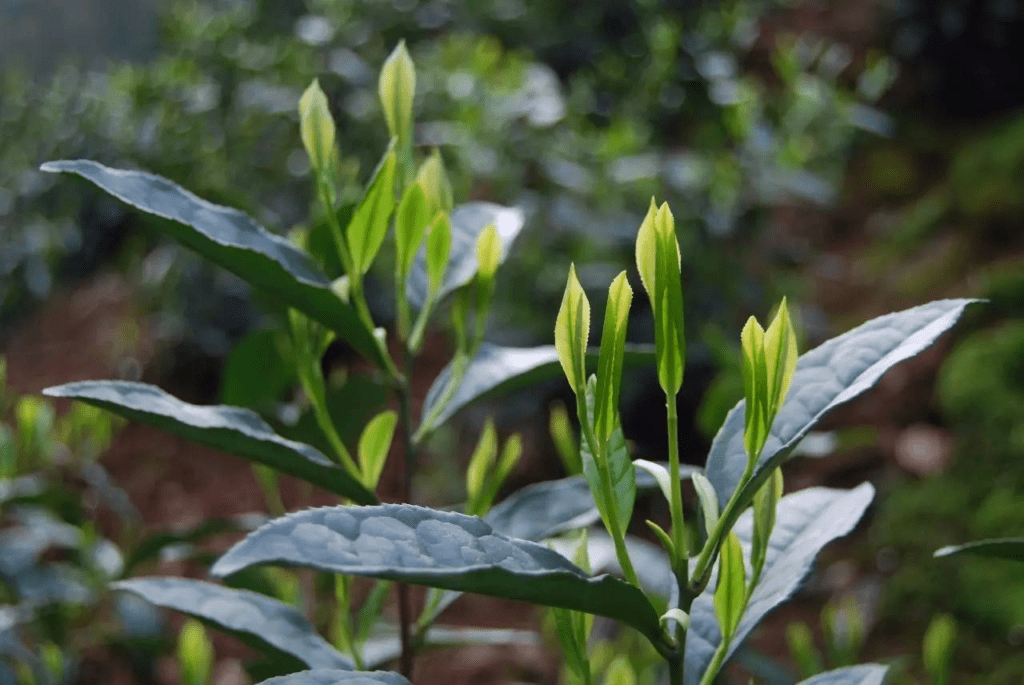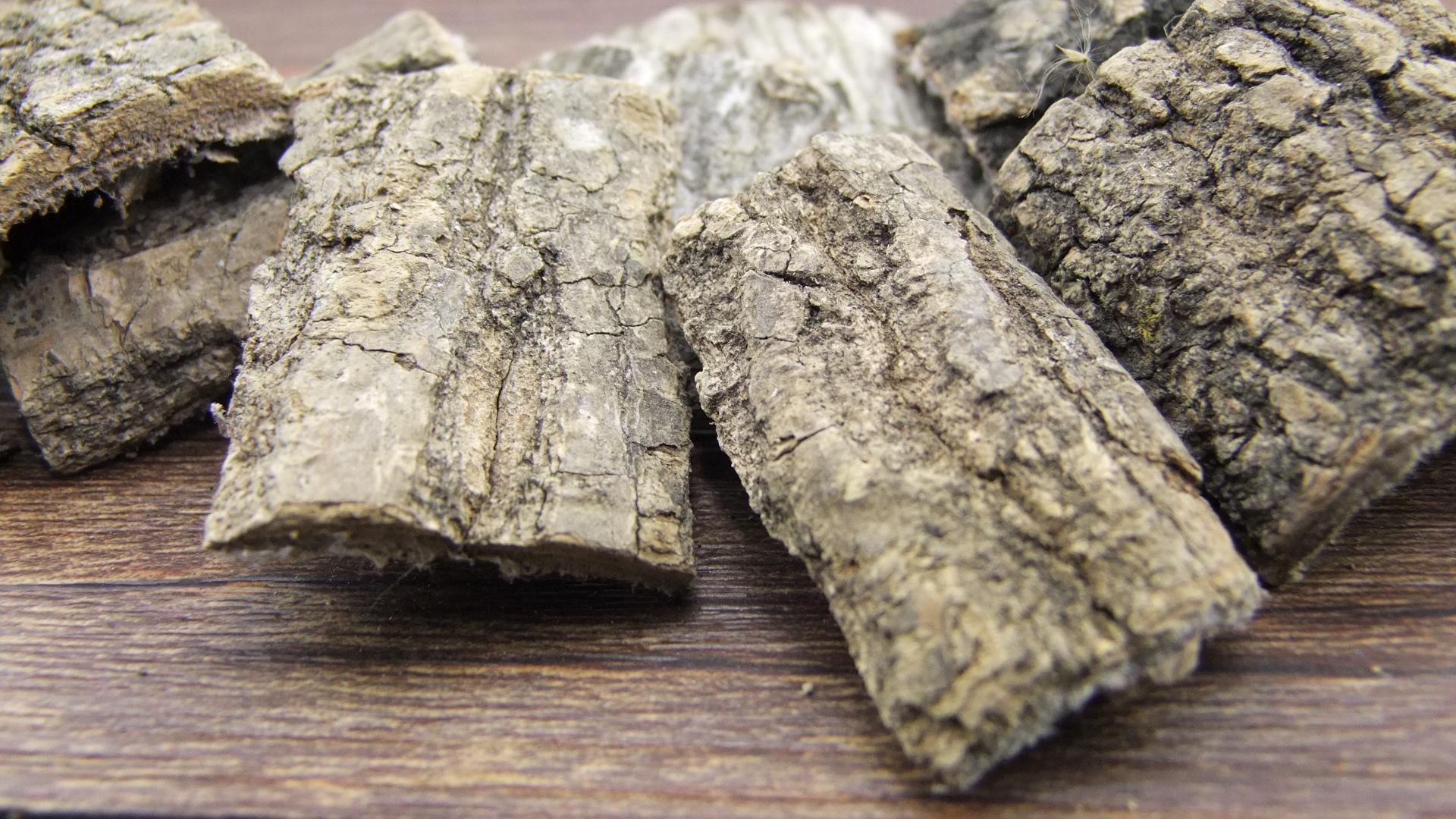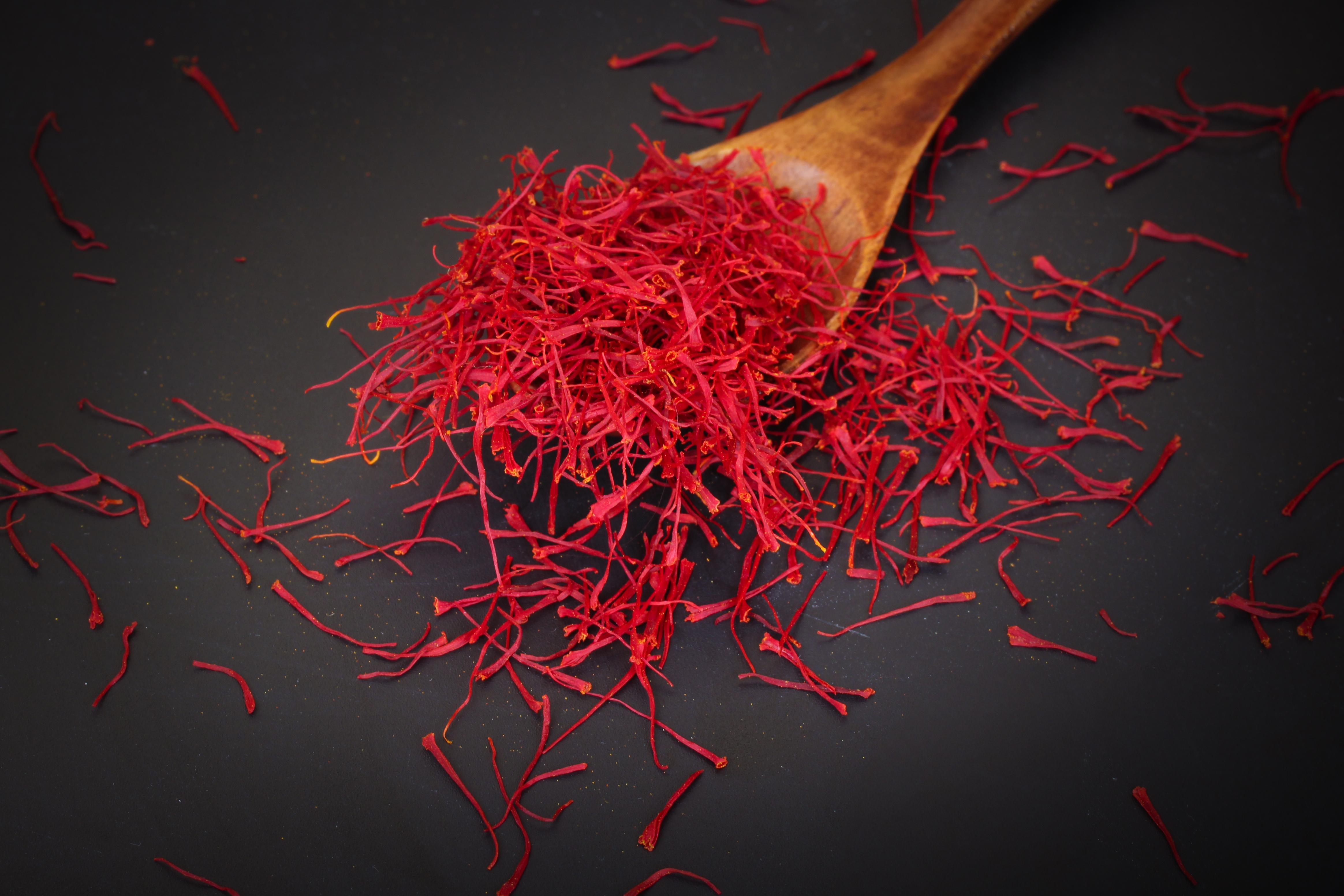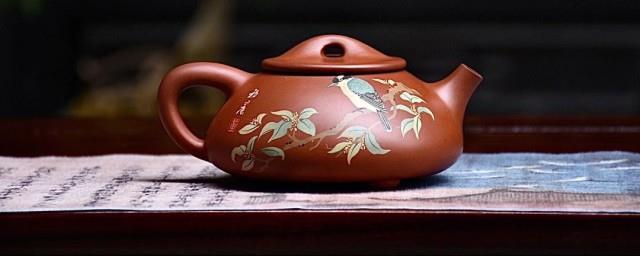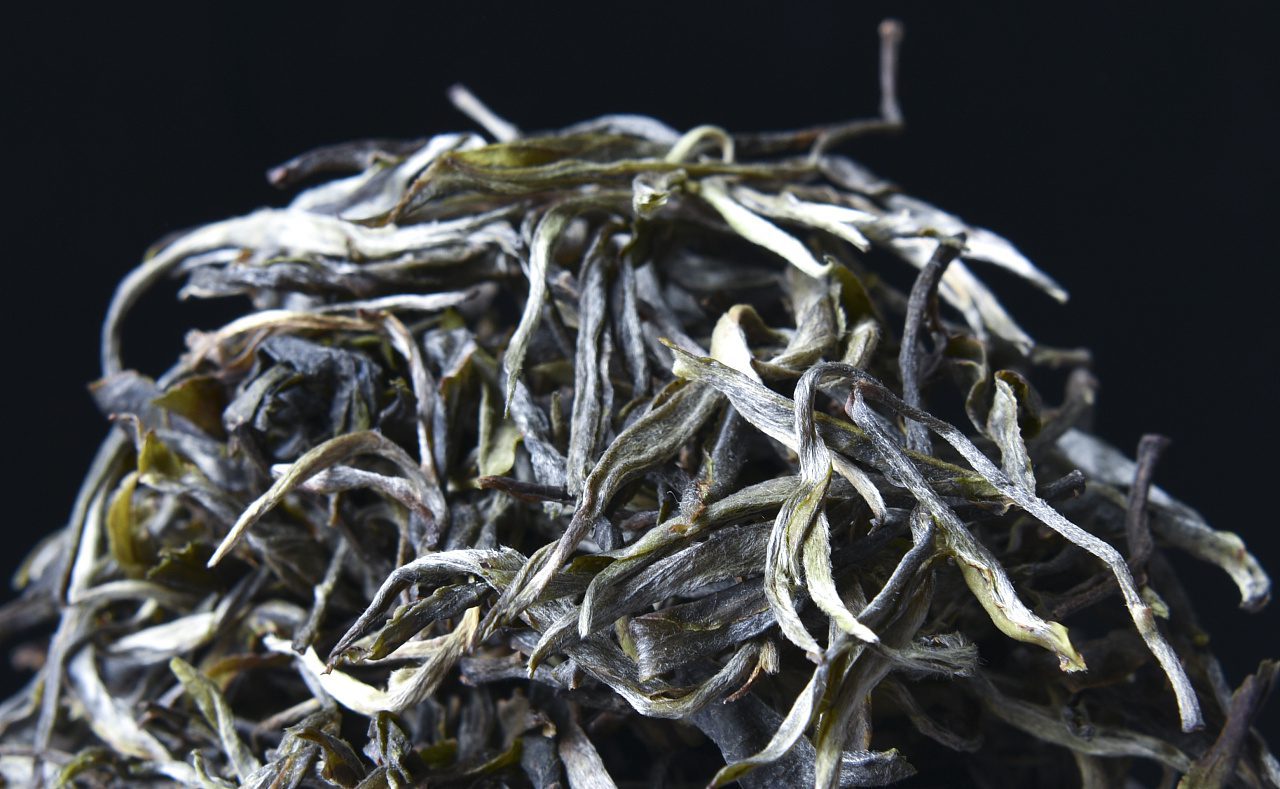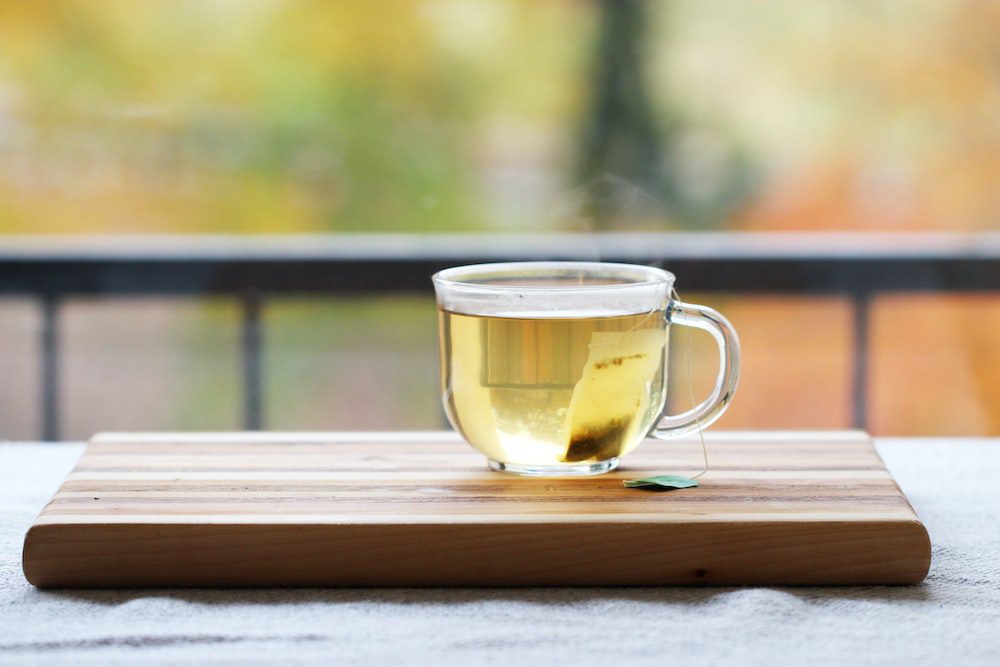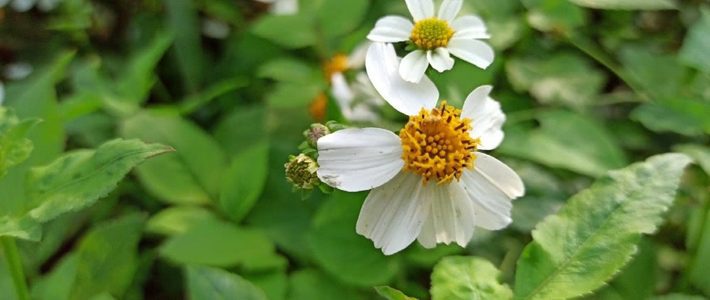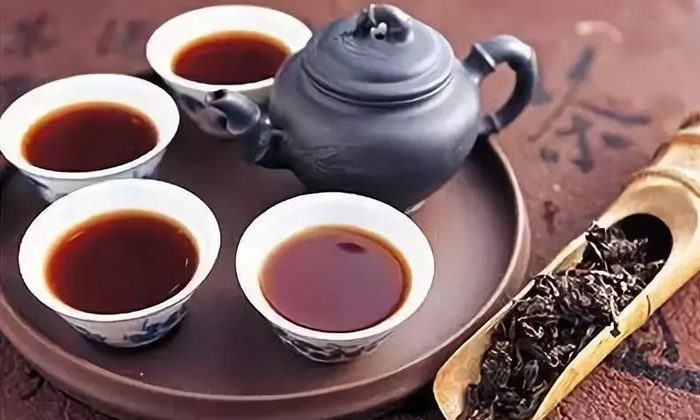Biluochun, the name sounds like a poem, it is not just a kind of tea, it is a kind of culture, an art, an attitude of life. When you sit by the window on a spring afternoon, holding a cup of Biluochun in your hand, watching the tea leaves slowly stretching in the cup, at that moment, it seems as if the whole spring is held in your hands.
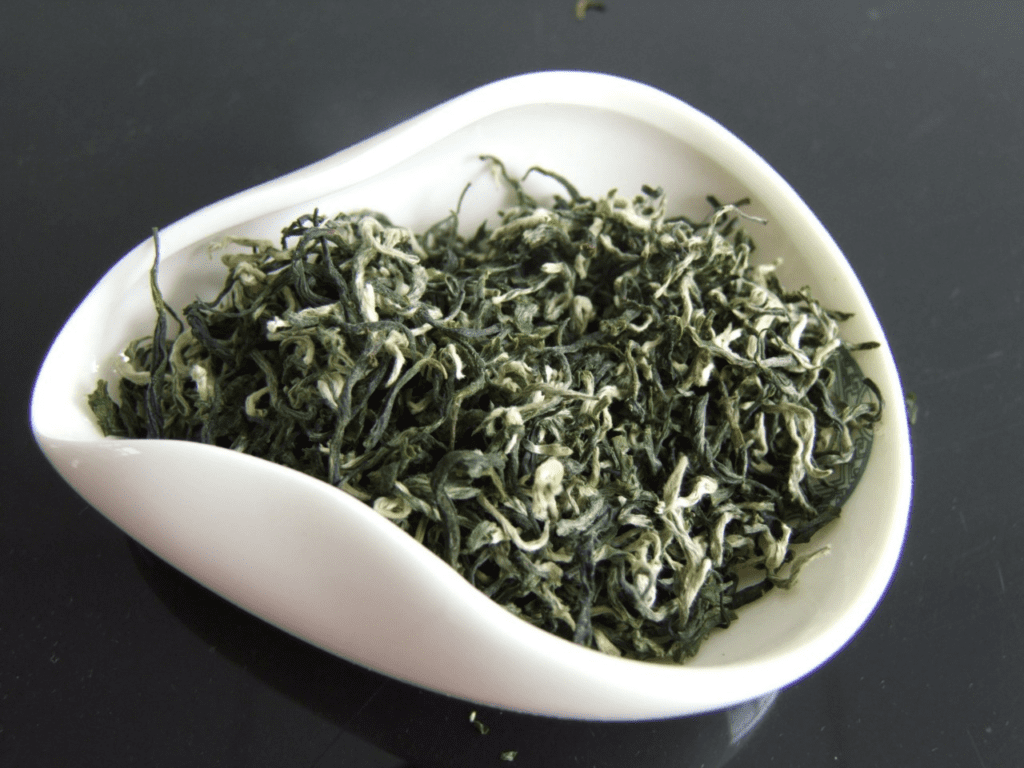
Origin and Naming of Biluochun
Biluochun can be traced back to the Sui and Tang dynasties and has a history of more than a thousand years. It is produced in the Dongting Mountains of Taihu Lake in Suzhou City, Jiangsu Province, where the unique geographical and climatic conditions give the tea a distinctive floral and fruity aroma. According to legend, Bigelow Spring was originally called "It's very scary.", because a local tea-picking maiden, while placing tea leaves on her chest, was startled by the sudden aroma and exclaimed "It's very scary.". Later, Emperor Kangxi tasted this tea during his southern tour and found the name ungainly, so he changed it to "Bigelow Spring". Since then, Biluochun has become a tribute to the royal family and is renowned in China and abroad.
Origin of Biluochun
Biluochun is mainly produced in Dongting Mountain, Taihu Lake, Wu County, Suzhou City, Jiangsu Province, China, and is therefore also known as "Dongting Biluochun". The climate here is mild, the water rises and the moist air provides unique conditions for the tea trees to grow. Biluochun tea trees are interspersed with loquats, oranges, prunes and other fruit trees. This unique planting method gives Biluochun tea a special fruity flavor that is unmatched by other teas.
Harvesting and production process of Biluochun
Picking of Bigelow Spring has strict requirements, starting around the vernal equinox and ending around the rainy season every year. Only the most tender buds and leaves are picked, which are rich in amino acids and polyphenols, the key to the unique quality of Bigelow Spring.
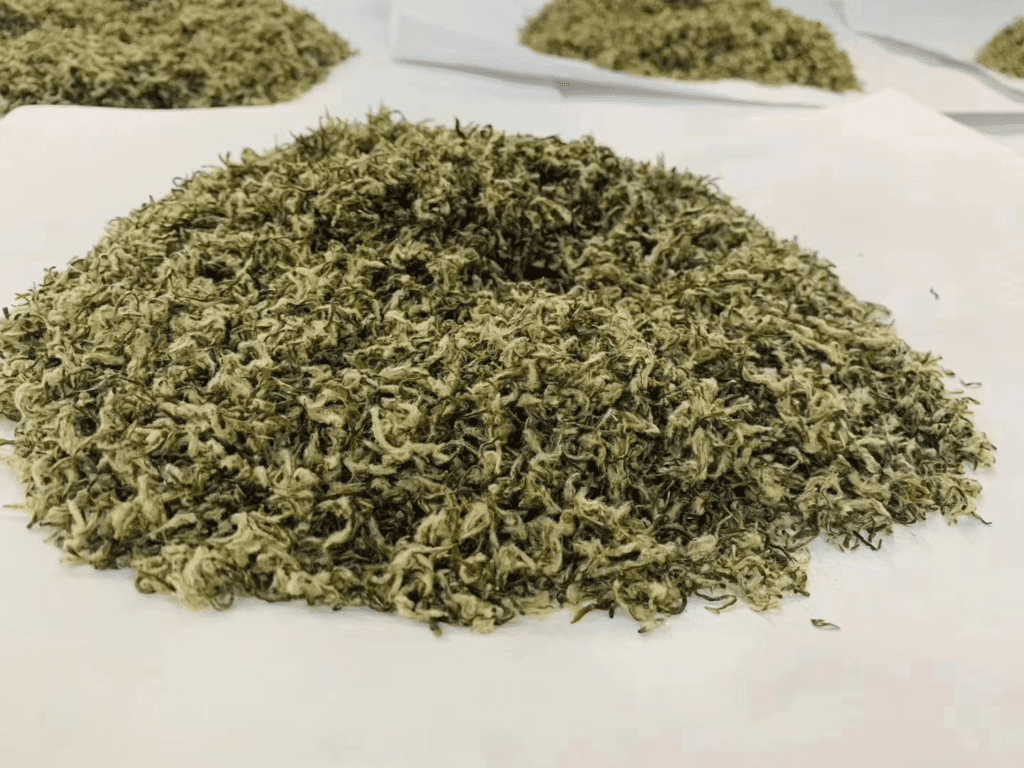
The production process of Biluochun is complex and elaborate. The main steps include picking, greening, kneading, rolling and stir-frying. The tea leaves are picked with tender buds and new leaves, which ensures the fresh taste of Bigelow Spring. Killing is done to fix the color and aroma of the tea leaves, while kneading and rolling give the tea leaves its unique spiral shape, revealing the silver-colored hairs. The final stir-frying process makes the tea leaves more aromatic.
Quality characteristics of Biluochun
Biluochun tea leaves are tightly knotted and curly in shape, with a silvery green color. When steeped in water, the tea leaves unfold slowly like snowflakes, the soup color is green and clear, and the aroma is strong and long-lasting, with a unique fragrance of flowers and fruits. It is known as "three freshness": strong aroma, mellow flavor and bright color. It is these characteristics that make Biluochun stand out among the many green teas, and is much loved by tea lovers. When you taste Bigelow Spring, you will feel its fresh tea flavor and sweet fruity taste, with a lingering aftertaste.
Biluochun efficacy and function
Biluochun not only has a good flavor and unique aroma, but also has many benefits and effects. As a type of green tea, it contains components such as tea polyphenols, caffeine, theophylline and vitamins, which help to refresh the mind, relieve fatigue and enhance the body's immune function. In addition, Biluochun is rich in antioxidants, which can help fight free radicals and reduce the risk of cardiovascular disease.
How to Brew Biluochun
When brewing Bigelow Spring, water temperature is very critical. The optimal water temperature should be controlled at around 80°C. Too high a water temperature will destroy the freshness and aroma of the tea leaves. Take an appropriate amount of Bigelow Spring tea leaves, place them in a teacup, pour in a small amount of hot water to moisten the tea leaves and then pour it out quickly, then add an appropriate amount of hot water to brew. This method can better stimulate the aroma and flavor of Bigelow Spring.

How to Taste Biluochun
To savor Biluochun, you should first choose a quiet and elegant environment with fresh air. Then, use clean tea cups and tea utensils that are free of odor, as well as high-quality mineral water. When brewing, fill the cup with water before putting in the tea leaves, and make sure that the boiling water in the cup has cooled down to below 70 degrees Celsius when you put in the tea leaves. In this way, you can truly experience the color, aroma and taste of Bigelow Spring.
concluding remarks
Biluochun, the name itself is full of poetry and picturesque. It is not only a kind of tea, but also a kind of cultural heritage and an attitude of life. When you hold a cup of Biluochun in your hand, you not only taste the flavor of spring, but also feel the deep heritage of Chinese tea culture. Let us stop occasionally in our busy life and enjoy the tranquility and beauty brought by a cup of Bigelow Spring.







